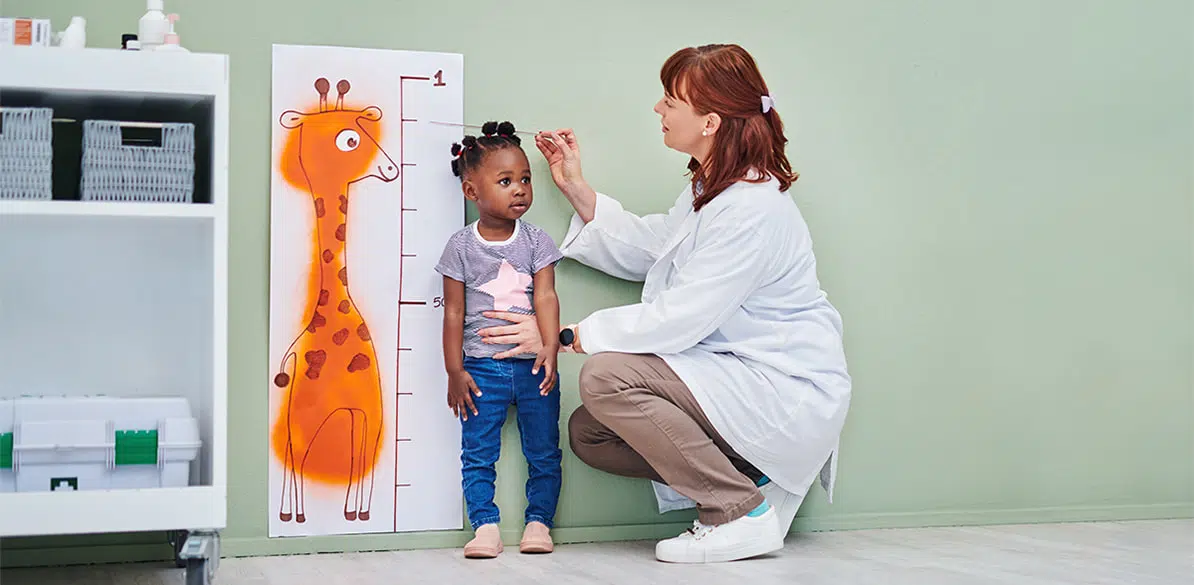Choosing the best car seat according to weight, age and height

It is very important to change child seats or approved restraint systems as children grow. This way, both adults and children can travel safely and in accordance with the law.
Weight
When choosing a car seat that is classified into groups, you should base your decision on weight, among other factors.It is important that the car seat is adapted to the child’s weight as this will provide the greatest level of safety.
Weight and height are the two most important factors to consider when choosing a car seat. The child restraint system must support the child’s weight, as well as offer maximum safety and ergonomics.
Height
When choosing a child restraint system that has been approved under the R-129 Regulation (i-Size), you should use the child’s height as a guideline.
Please bear in mind that height is the determining factor for choosing the best CRS in this case. How long should children use a child seat?Whether they can stop using a child car seat and sit directly in the car with an adult seat belt will depend on their height.
If a child is taller or as tall as 135 cm, he or she can use the car’s seat belt, even in the front passenger seat, provided that it is properly adjusted and you that bear the following factors in mind:
The child’s back
The child must be able to sit with his or her back against the backrest of the vehicle seat and remain seated in this position throughout the journey.
The child’s legs
Once in this position, the child’s legs should bend comfortably instead of being straight and having the calves resting on the edge of the seat, which would be uncomfortable and cause the child to slide down. If the child slides downwards, the lower strap of the seat belt will lie on the soft and fragile areas of the child’s abdomen (which can lead to submarining).
The seat belt
The upper strap of the belt should cross the collarbone right between the shoulder and the neck, but never too close to the neck.
The lower strap of the belt should be below the abdomen and rest on the child’s hip bones.
The child’s neck
The vehicle seat must be fitted with head restraints (or headrests) to protect the child’s neck in the event of a rear-end collision. If the vehicle does not have head restraints, you should use a type of child seat that does have a headrest.
¡Remember! In any case, you should be in no rush to stop using them: Group III booster seats are designed for use by children up to 150 cm and are safer.
Age
It is important to bear in mind that while age should be taken into account as a guideline, the most important factors when it comes to choosing the right CRS are the child’s weight and height.
A baby is not the same as a 10-year-old child. Do you want to know what are the criteria for choosing a child car seat according to age?
Up to 5 years of age
Rear-facing child seats are safer than forward-facing child seats.: while the former prevent 70% of all injuries and up to 90% of the most serious and fatal injuries, forward-facing child seats prevent 55% of them. For infants, bassinets or carrycots are less effective than rear-facing seats, preventing only 25% of all injuries.
During their first year of age and until they weigh at least 9 kg, babies should always travel facing backwards.
From 5 to 9 years of age
Child seats prevent 57% of all injuries.
Over the age of 10
The adult safety belt must be fitted to the booster cushion. This prevents almost 50% of all injuries and up to 70% of serious injuries.recommend you choose booster seats with backrests, due to the additional safety they offer in the event of a side impact, as well as to the upcoming regulatory changes.
Rear-facing car seats, children 0 to 5 years old. They prevent 80% of injuries.
Forward-facing car seats, children aged 1 to 5 years old (never younger). They prevent 50% of injuries.
Safety seatbelts for adults, children 5 to 9 years old . They prevent 20% of injuries.
Safety seatbelts for adults, children from 10 years old. They prevent 50% of injuries.
¡Remember!Child car seats are the most effective way to prevent accidents and the only safe option for children under 5 years old.
